About this Recording
Orchestral Reviews
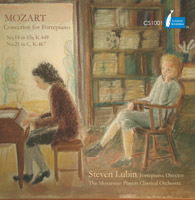
MozartPiano Concertos Nos. 14 & 21 Buy this CD
Reviews of this CD |
|
Mozart's Concertos K.449 (Eb major) and K.467 (C major)
These are two of Mozart's most beautiful piano concertos. They are very dissimilar in character. The Eb Concerto was written in 1784 when Mozart, then 28, was at an early stage of his piano-concerto "blitz" (he wrote 14 piano concertos for Viennese audiences between 1783 and 1787). The Eb Concerto is an intimate, chamber-like piece, with textures that recall the Baroque era, particularly in the concerto-grosso-like, quasi-fugal closing movement. The C-Major Concerto, K.467, on the other hand, is a grand, symphonic work with trumpets and drums in the outer movements. The famous slow movement, a kind of cavatina, provides a wonderful contrast to the regal first movement and the brilliant, exuberant finale.
A Pathbreaking Series
In the 1980's, The Mozartean Players Classical Orchestra recorded six fortepiano concertos by Mozart (K.414, 449, 450, 466, 467, and 488) and the D-Major fortepiano concerto of Haydn, under the direction of soloist Steven Lubin. All these works were performed at Lincoln Center, and/or at New York's Metropolitan Museum of Art, where Mr. Lubin's Mozartean Players appeared in a five-year-long series, presenting several concerts per year. These groundbreaking performances were among the first to offer Mozart piano concertos in a thoroughly period style. The American early-music movement in that era benefitted from the coming of age of a variety of marvelous period-instrument replicas (fortepianos very notably) as well as antique instruments freshly refitted in period style. All the concertos with the exception of the present two were recorded for the Arabesque label, and they received a very warm critical welcome from critics in many countries, including special citations from Stereo Review (recording-of-the-year), The New York Times, Gramophone, Geijutsu, Alte Musik and Fanfare. In particular the critics focused on the artistry, freshness and poetry of the interpretations.
Recording Details
The present two recordings remained unedited, and are seeing the light now for the first time. Like all the other releases, these recordings were graced by the superb engineering and production skills of the Grammy-winning Elite Recording team of Marc Aubort and the late-and much missed-Joanna Nickrenz. The recordings were made at Rutgers Church in New York City, an acoustically beautiful space that simulates the size and resonance of the old Viennese Burgtheater, where the premieres of many of the works took place. The orchestra was ranged about the central, solo fortepiano, in a manner that accorded with extant evidence of 18th-century practice. Each recording was made with a single pair of microphones, placed above the orchestra in such a manner as to approximate the pick-up of the original listeners; and the balance between solo fortepiano and orchestra revealed the care and skill that Mozart, calculating balances on the basis of these very instruments and in such a space, had brought to bear in his orchestration.
Excerpts from New York Times reviews of the live concerts, at New York's Metropolitan Museum,
associated with the series of Mozartean Players Mozart-concerto recordings:
"Steven Lubin played the quick outer movements with splendid dash. The fast scalework for once sounded
virtuosic: on a fortepiano, the soloist can let it rip at full force."
-Will Crutchfield
"Mr. Lubin justified the fortepiano not by its sound alone, but by the artistry that he brought to his
interpretation."
-John Rockwell
Excerpts from reviews of previous recordings in this series:
"One of the finest concerto recordings of the year." [K.488, Arabesque Z6530]]
"Never has the dark-hued passion of the D-Minor Concerto been so fully realized as in Lubin's almost
daemonic reading." [K.466, Arabesque Z6530]
-John Bauman, Fanfare
The Mozartean Players Classical OrchestraMusical Direction, Steven Lubin |
|
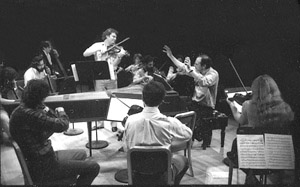
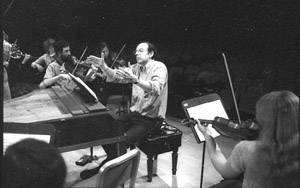
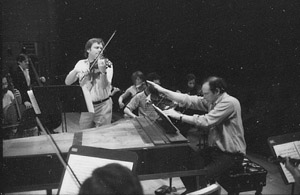
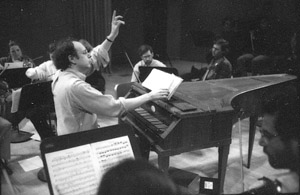
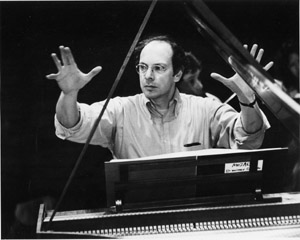
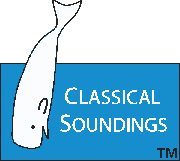
 Buy Mozart Piano
Buy Mozart Piano 